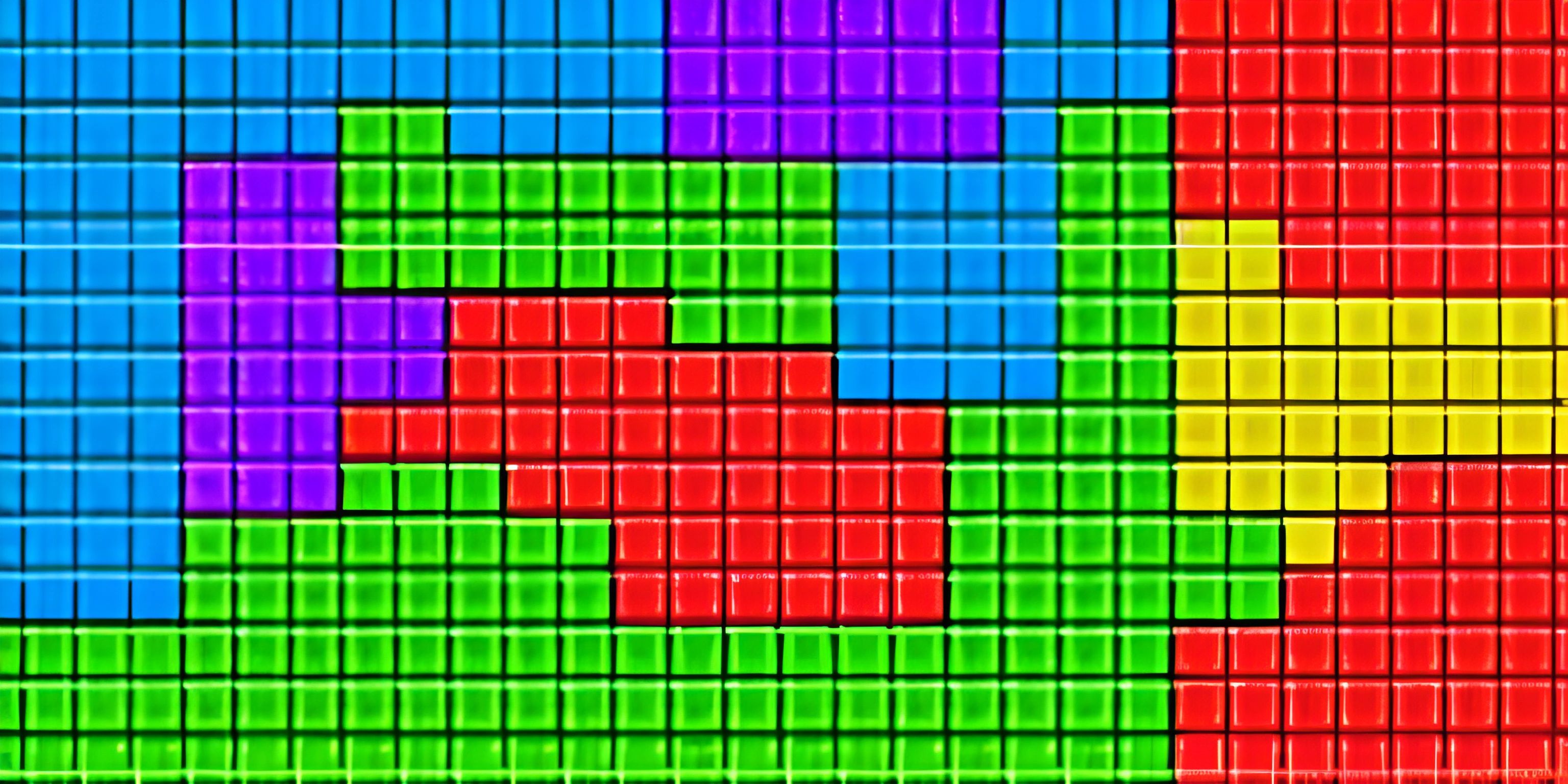Caching Basics

Note: this page has been created with the use of AI. Please take caution, and note that the content of this page does not necessarily reflect the opinion of Cratecode.
Caching is like having a mini-fridge in your room, stocked with your favorite drinks and snacks. You don't have to walk all the way to the kitchen every time you're thirsty or hungry, saving you time and energy. In the world of programming, this mini-fridge is called cache.
What is Caching?
Caching is the process of storing copies of data or computations in a temporary storage location, commonly known as a cache. The main goal of caching is to make data retrieval faster and more efficient by reducing the need to fetch it from its original source, be it a database or an API.
How Caching Works
When a program or system needs to access some data, it first checks if the data is available in the cache. If the data is found, it's called a cache hit. If the data isn't found, it's called a cache miss, and the program has to fetch the data from its original source.
Once the data is fetched, it can be stored in the cache for future use. This process is known as cache population. The next time the same data is needed, it will be available in the cache, resulting in a cache hit and faster data retrieval.
Cache Eviction Policies
Cache storage is usually limited in size, so there will be times when the cache becomes full. In this case, the cache needs to decide which data to remove to make room for new data. This process of removing data from the cache is called cache eviction.
There are various cache eviction policies, such as:
- Least Recently Used (LRU): This policy evicts the data that hasn't been accessed for the longest time.
- First In, First Out (FIFO): This policy removes the data that was added to the cache first.
- Least Frequently Used (LFU): This policy evicts the data that is used the least often.
Types of Caching
There are several types of caching, each with its own purpose and use case. Some common types of caching include:
- Memory caching: This type of caching stores data in the application's main memory (RAM). Memory caching is the fastest type of caching but may consume a significant amount of memory resources.
- Disk caching: Disk caching stores data on a computer's hard drive or other storage devices. It's slower than memory caching but can store larger amounts of data.
- Distributed caching: This type of caching uses multiple servers to store cached data, allowing for better performance and fault tolerance in large-scale applications.
- Web caching: Web caching stores web content, such as HTML pages, images, and stylesheets, to reduce the load on web servers and improve page load times.
Benefits of Caching
Caching offers several benefits, including:
- Faster Performance: By storing frequently accessed data in cache, data retrieval becomes much faster, resulting in improved performance and reduced latency.
- Reduced Load on Servers: Caching reduces the number of requests made to the original data source, lowering the load on the servers and decreasing the risk of server bottlenecks.
- Bandwidth and Cost Savings: Caching can help reduce data transfer costs by minimizing the amount of data that needs to be fetched from external sources, such as databases or third-party APIs.
Caching is an essential concept for any programmer or developer to understand, as it can greatly improve the efficiency and performance of programs and systems. Just like how a mini-fridge can make snack-time more enjoyable, a well-implemented cache can make your applications run faster and more smoothly.
Hey there! Want to learn more? Cratecode is an online learning platform that lets you forge your own path. Click here to check out a lesson: Basic Concepts (psst, it's free!).
FAQ
What is caching and why is it important?
Caching is a technique used in computing to store copies of data or information that is frequently accessed, so that it can be retrieved quickly when needed. It's important because it significantly reduces the time and resources needed to access information or perform computations, leading to improved efficiency, faster response times, and an overall better user experience.
How does caching work?
Caching works by storing copies of frequently accessed data in a location that can be accessed faster than the original source. This can be in the form of memory or storage, depending on the system being used. When a request is made for a piece of data, the caching system checks if it has a copy of that data. If it does, the cached copy is returned, and if not, the data is fetched from the original source and stored in the cache for future use.
What are some common types of caches?
There are several types of caches, including:
- Memory cache: Stores data in the computer's memory (RAM) for faster access.
- Disk cache: Stores data on a disk or other storage device, which may be slower than memory, but faster than the original source.
- Web cache: Stores copies of web pages or other web resources, reducing the need to request the same content from the original server multiple times.
- Database cache: Stores frequently accessed database queries or results to reduce the time needed to retrieve the same information again.
Can caching cause any issues or drawbacks?
While caching can greatly improve efficiency and performance, it can also introduce certain issues, such as:
- Stale data: Cached data may become outdated if the original source is updated, leading to the use of stale or incorrect information.
- Cache invalidation: Deciding when to update or remove cached data can be challenging, as it requires determining the right balance between data freshness and cache performance.
- Resource usage: Caching consumes additional memory or storage resources, which can be a concern, especially in systems with limited resources.
How can I implement caching in my software or application?
Implementing caching in your software or application will depend on the language and framework you're using, as well as the specific use case. Many languages and frameworks provide built-in caching mechanisms, or you can use third-party libraries to implement caching. You'll need to consider factors such as cache size, cache eviction policies, and cache invalidation strategies when designing your caching solution.





